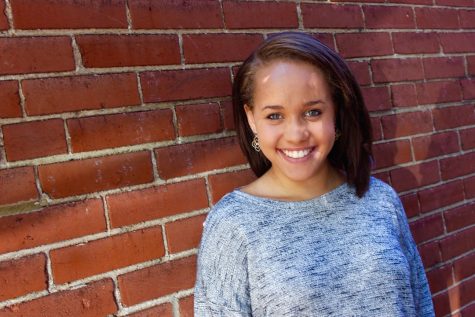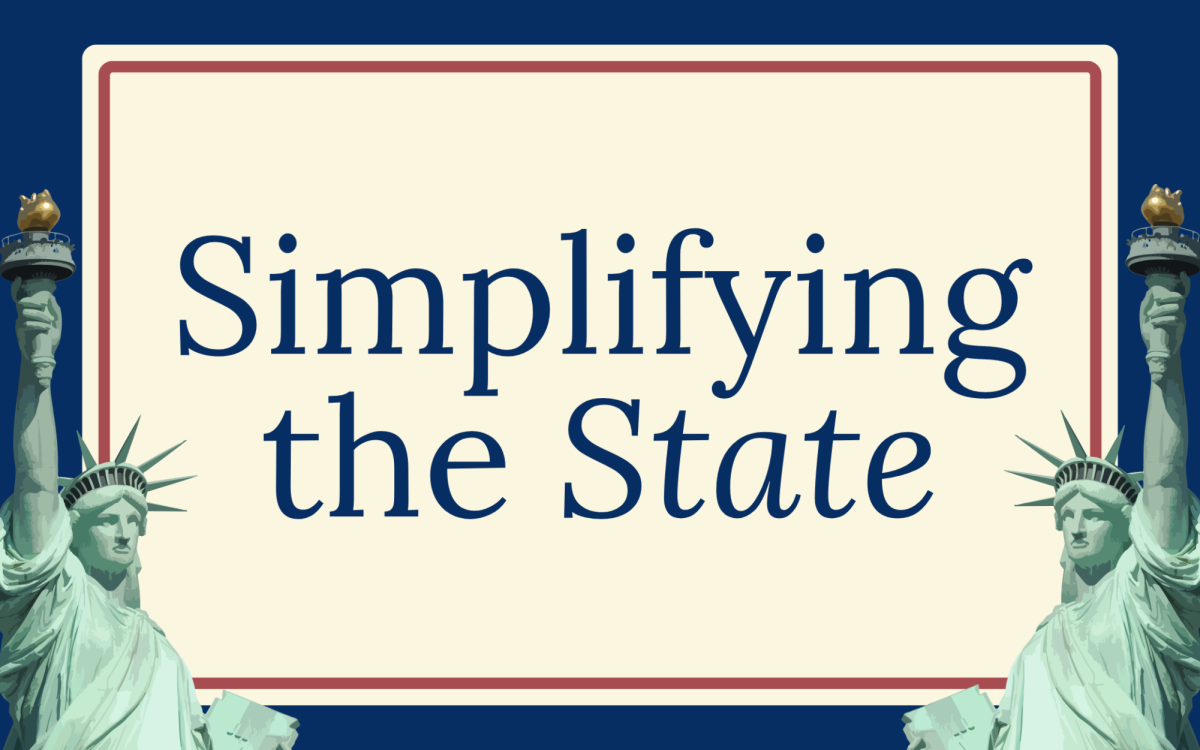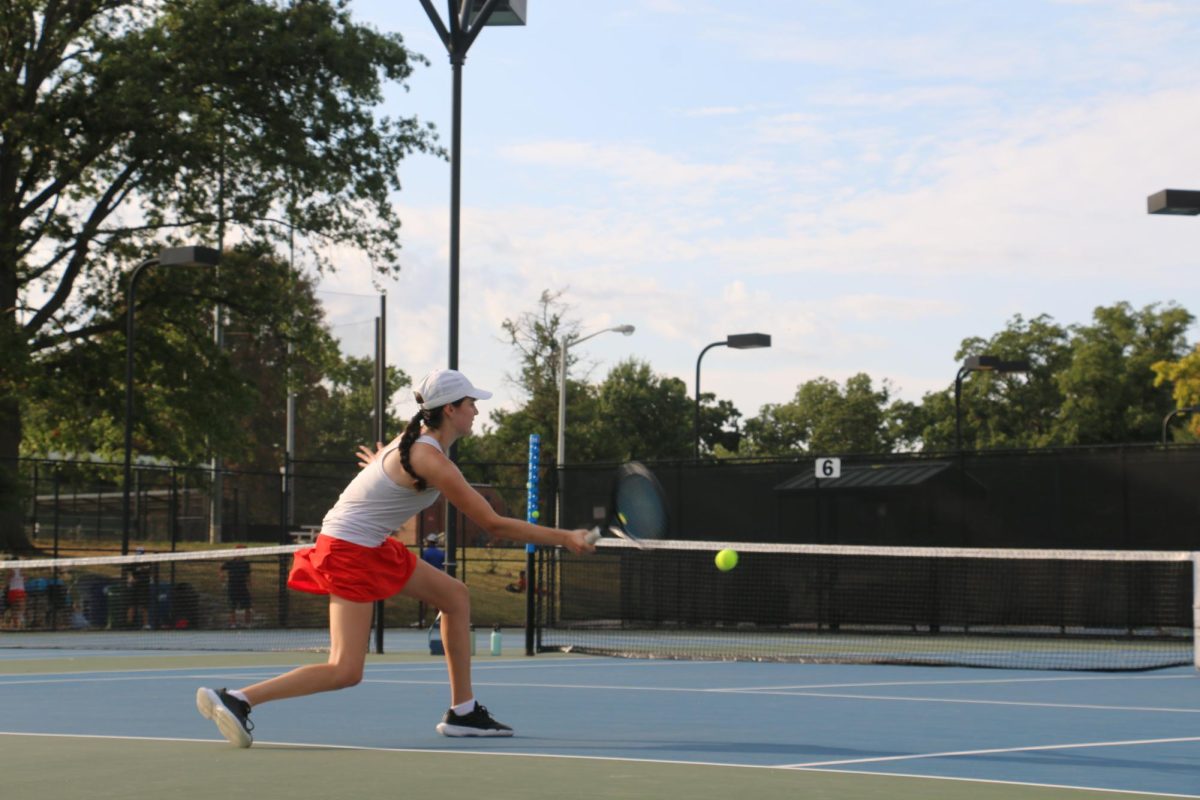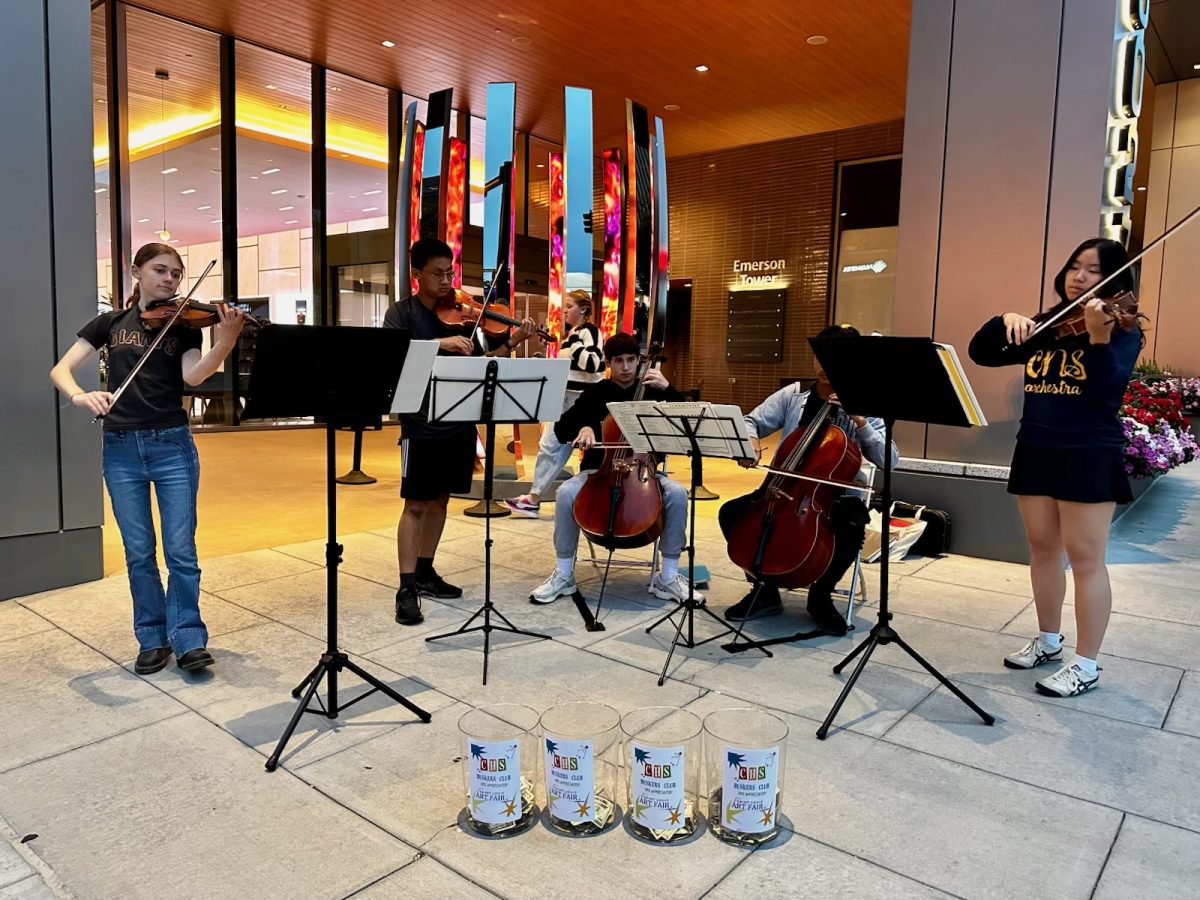From the Editor
January 24, 2017
When I first entered the School District of Clayton — with frizzy light brown hair, crooked teeth, skin like cinnamon — I was faced with a whole lot of questions.
More than just the “getting to know you” questions about where I was from and what brought me to St. Louis, I soon felt interrogated by my fellow classmates.
Camille, do you take the bus to school? Where do you live? In Clayton? In the City?
I answered these questions shyly and confused in the classroom, in the lunchroom, on the playground, in the bathrooms.
As a new student to the fourth grade at Glenridge Elementary, I had no idea what the significance of these inquiries were.
I had not learned the complexity of how the student population of the School District came to be.
It took me quite a long time to learn that my blackness — by having a black mother and a white father — could have allowed me to be part of the District through the Voluntary Student Transfer Program if I lived in the City.
This decades old program buses some black students from the City to some school districts in the county, such as Clayton.
I was not directly taught about the Voluntary Student Transfer (VST) program at new student orientation as a fourth grader at Glenridge, and I was not directly taught about the program in middle school, and I was not directly taught about the program at Clayton High School.
It was through interactions with my classmates, of all races, that allowed me to slowly put the pieces together.
I watched loads of black students unboard buses in my morning walks to Glenridge; I heard discussions between my peers that cued me in on how the program worked; I noticed there were not many other black kids in my neighborhood in Clayton.
But the program was never something we candidly talked about in the classroom.
For the most part, black students came to Clayton on the buses, and almost everyone else came to school because that’s where they lived.
And that was that.
In this issue of the Globe, we are concluding our three-part series, “Separate and Unequal” which, in previous issues, has covered the legacy of racist housing policy in St. Louis and the history of race-based public educational access in St. Louis.
In this final installment, we look into the current status of the Voluntary Student Transfer program, its effects on families participating in it and the unknown future of St. Louis schools as the program comes to an end.
This program has been a fixture in St. Louis public education for the past 34 years.
As the longest running race-based public student transfer program in America, it has a deeply rich and fascinating story; a story Globe has dedicated five months and three issues investigating not only as student journalists, but as individuals deeply curious about a program that is so close to this District and its students.
Not surprisingly, as I grew older in the District, questions about where I lived and how I was transported to school seemed to come to an end.
Part of me wishes they had not.
The questions I faced at 9-years-old, however uncomfortable they made me, inspired conversation and inquiry around not only the VST program, but the immense diversity in this District, diversity that our District should be harnessing and using as a way to shape its community into a more socially cognizant, compassionate and empathetic body of learners, educators and leaders.




![“[The] biggest obstacle right now is getting up early. I'm still getting back into the school mode, and usually I'm the type of person who wakes up a minute before my alarm. But right now, that is definitely not happening.” -Anna Hormberg, History teacher](https://www.chsglobe.com/wp-content/uploads/2025/09/image3-2-1200x900.jpg)



![“I love working with students, that's why I decided on being a high school teacher. I was going to go the University route, but it's a different feel[ing]. Working with students is what makes it fun, keeps it alive, keeps me, trying to connect with students about my passion with ancient Rome and Greece and how they overlap, and how the stuff we do in class impacts their lives. That's kind of the goal I have, is having them see themselves, students in this larger scope of history from 2000 years ago, and how you're part of that now. ”
- Matthew Crutchfield, CHS Latin teacher](https://www.chsglobe.com/wp-content/uploads/2025/09/image2-3-e1757531718144-1200x872.jpg)
!["It's really hard to make friends in Clayton high school if you're a newcomer. Everybody already knows each other, and they have established friendships for many years. My goal is always to make my space a safe one for them to take risks, [and] relax." Nancy Gamble, English Language Specialist](https://www.chsglobe.com/wp-content/uploads/2025/09/image1-e1757625469759-1200x843.png)
